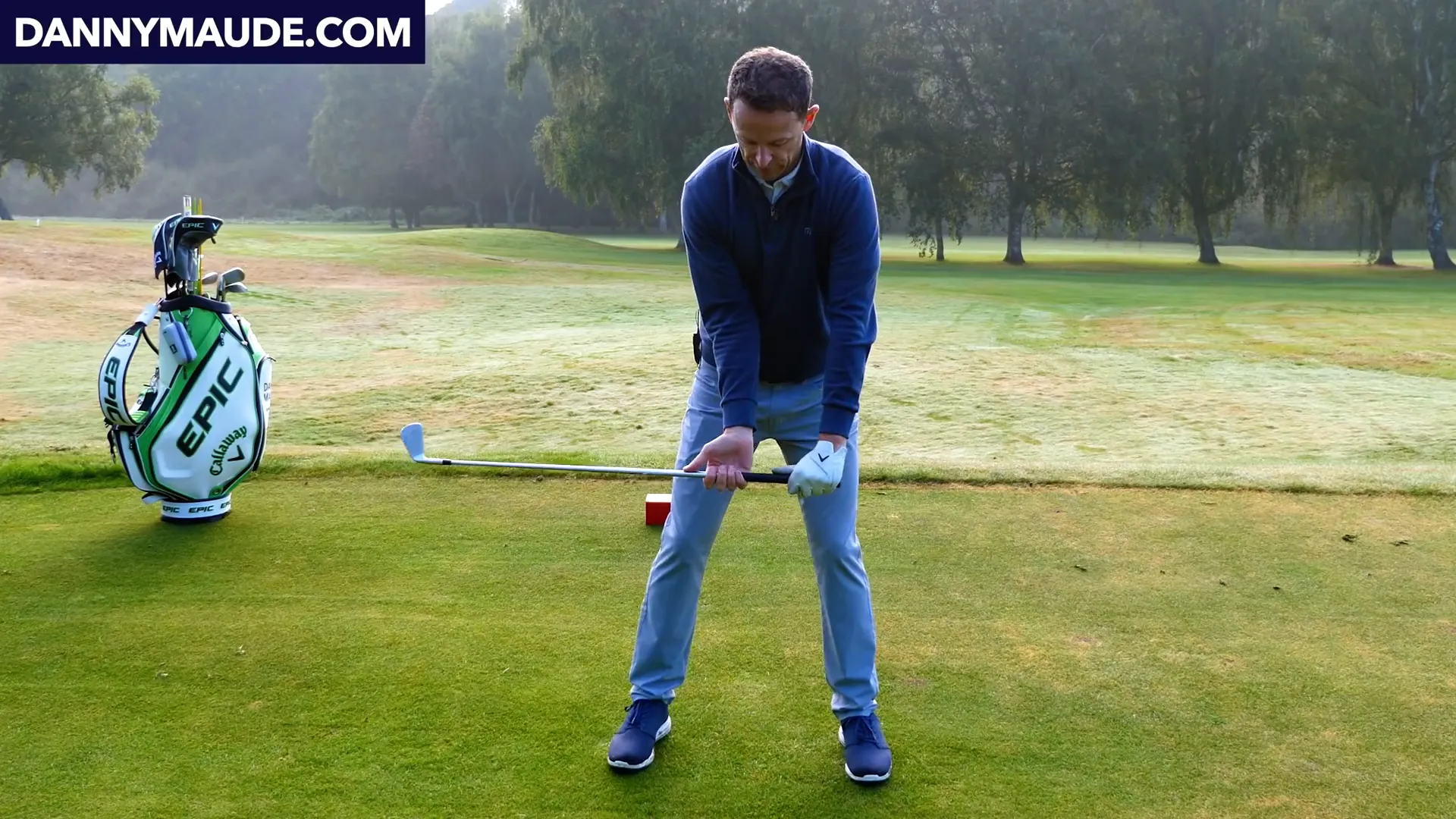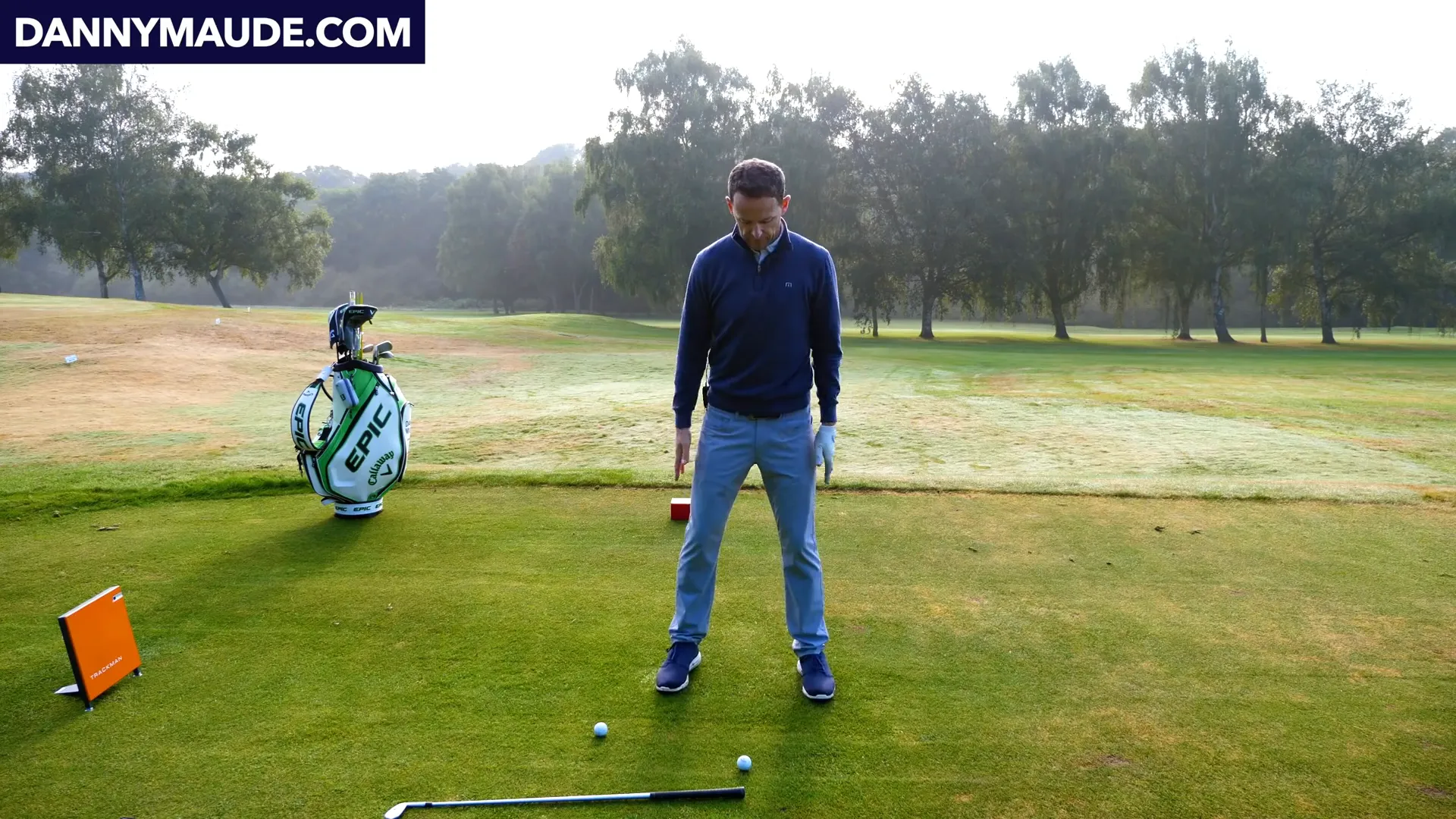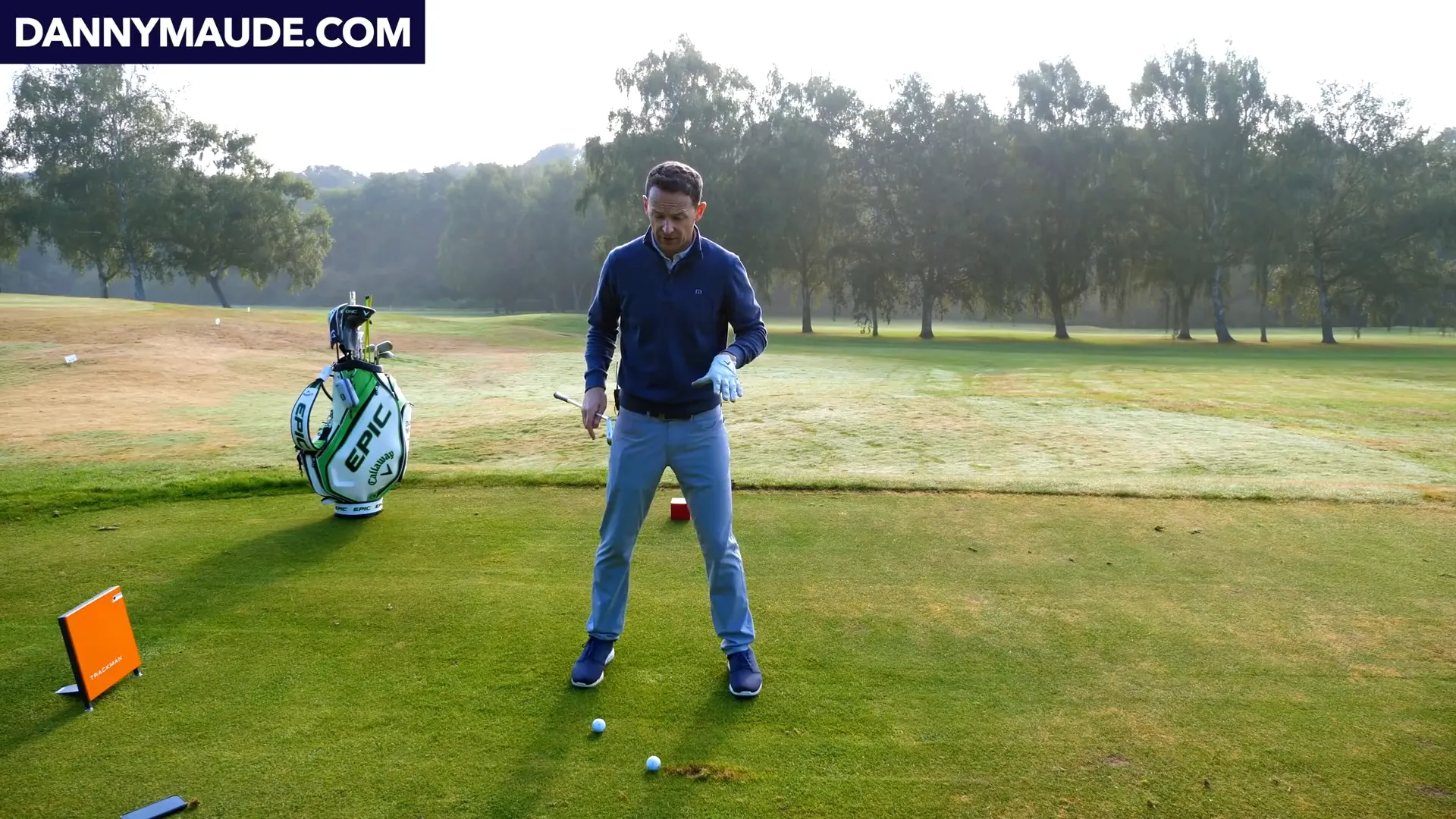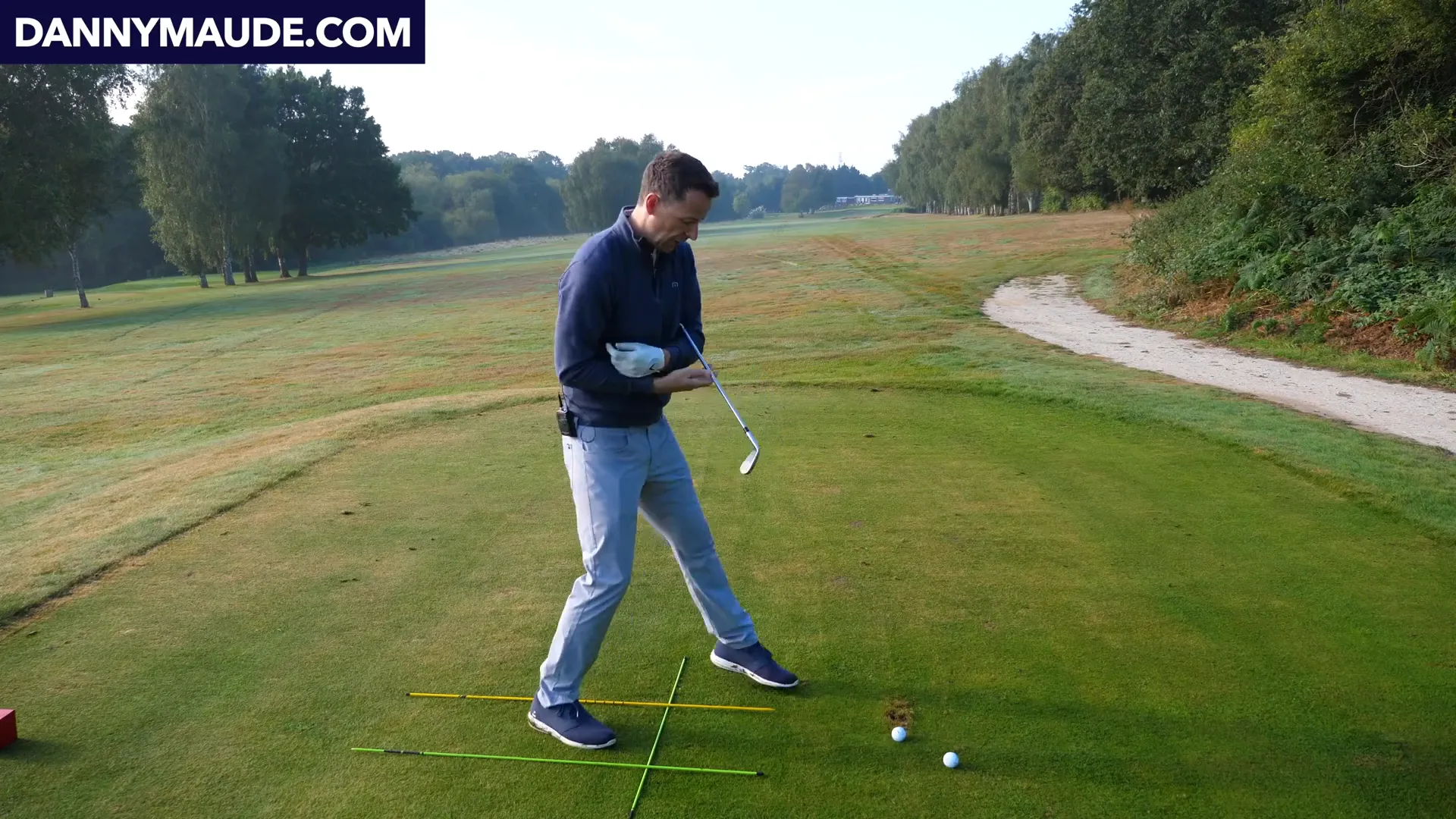Golf is a game of precision and timing. One of the most critical components of a successful golf swing is the takeaway, which sets the stage for the entire stroke. If you can master this initial movement, you’ll find that your downswing becomes more fluid and effective. In this article, we will explore the importance of the takeaway, common faults that can occur, and practical solutions to improve your swing.
The Importance of the Takeaway
The takeaway is the first move in your backswing, and it plays a vital role in determining the success of your entire swing. A good takeaway positions the club in a way that allows for a smooth transition into the backswing and ultimately leads to better ball striking. Conversely, if you start off incorrectly, you may find yourself making compensations that hinder your performance.
Many golfers underestimate the significance of the takeaway, but it can make or break your swing. If you get out of position during this crucial phase, your downswing will be compromised, leading to poor shots, loss of distance, and inconsistent results.
Common Takeaway Faults
Understanding the common faults in the takeaway can help you identify areas for improvement. Here are some of the most prevalent issues:
- Independent Movement: Many golfers allow their hands and arms to move independently of their body. This lack of coordination can lead to an unbalanced swing.
- Too Much Rotation: Over-rotating the shoulders or arms can cause the club to get too far behind you, making it difficult to get into the right position for the backswing.
- Blocked Lead Side: If the lead side (left side for right-handed golfers) doesn’t move correctly, it can restrict your ability to make a full and effective swing.
Fixing the Takeaway Faults
To improve your takeaway and set yourself up for success, follow these steps:
1. Coordinate Your Movements
Ensure that your body and arms are working together in a coordinated motion. To practice this, set up to the ball and split your hands. With your trail arm pointing towards you, take your lead hand off the club. As you initiate your backswing, imagine putting your thumb in your ear while pointing the butt end of the club towards your target.

2. Unblock Your Lead Side
To allow for a more natural motion, it’s crucial to ensure that your lead side is not blocked. Practice feeling the natural extension of your trail side and the inflection of your lead side. This movement will allow for better rotation and coordination.

3. Use Feedback Stations
Incorporate exercises that help you feel the weight distribution in your feet. Place an alignment stick on the ground and stand with your toes at one end and heels at the other. This will help you become aware of where your weight is distributed, which is crucial for a proper backswing.

Enhancing Your Feel
Once you have the basics down, it’s essential to enhance your feel for the swing. This can be done through repetition and practice. Start by making slow swings, focusing on the coordinated motion and the roles of both sides of your body. Gradually build up to full swings while maintaining the correct positions.
Additionally, consider using the “H Drill” to further enhance your awareness of the weight distribution in your feet. This drill involves placing two alignment sticks on the ground to help you feel the pressure in your feet as you make your swing. It will give you feedback on whether you are moving correctly.

Conclusion
Improving your takeaway is a simple yet effective way to enhance your overall golf game. By coordinating your movements, unblocking your lead side, and using feedback systems, you can set yourself up for a successful swing. Remember, the takeaway is the foundation of your swing, and mastering it will lead to more consistent shots and better performance on the course.
Practice these techniques regularly, and you’ll notice a significant improvement in your game. If you enjoyed this article, consider subscribing for more tips and drills to help you elevate your golf skills!

0 Comments